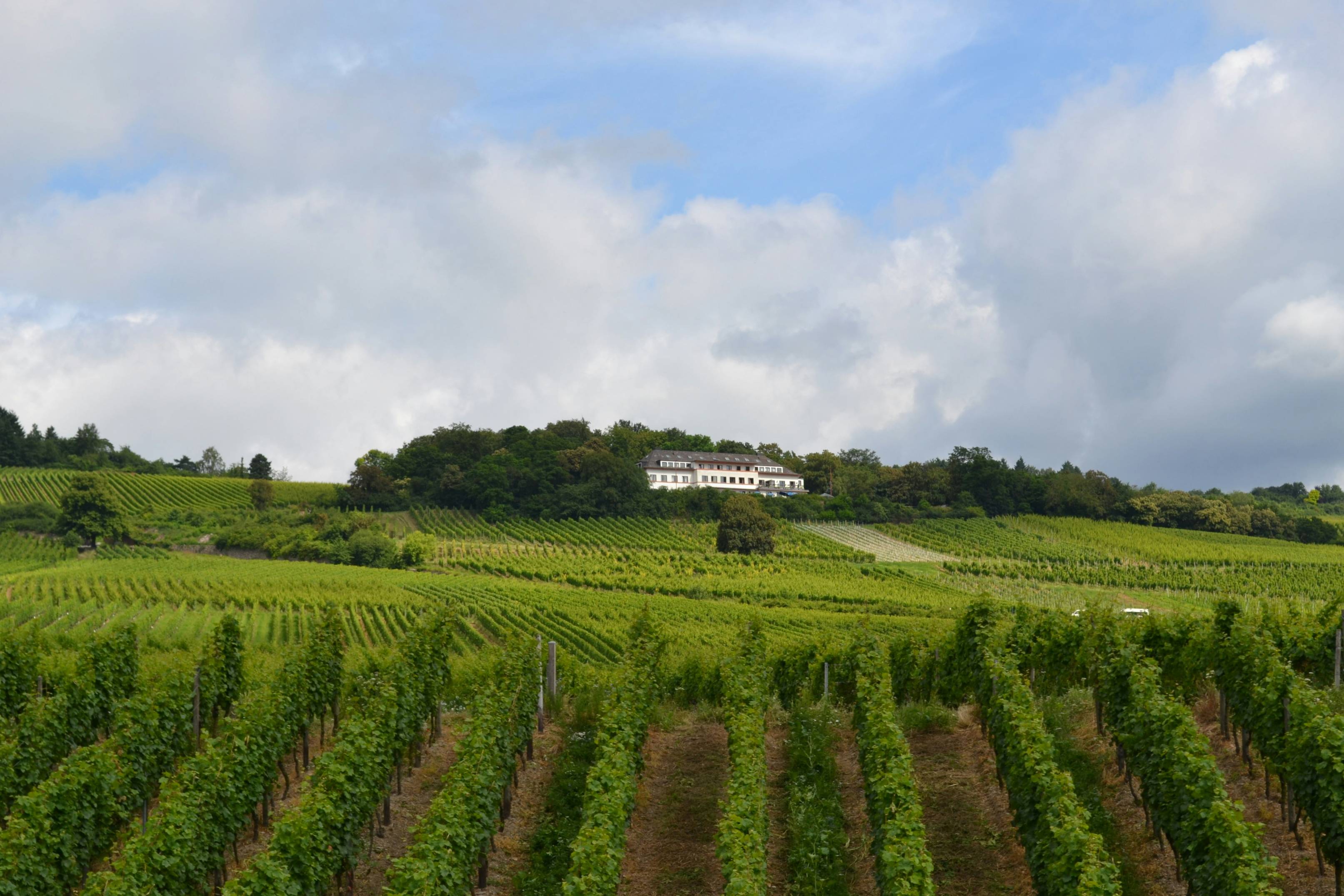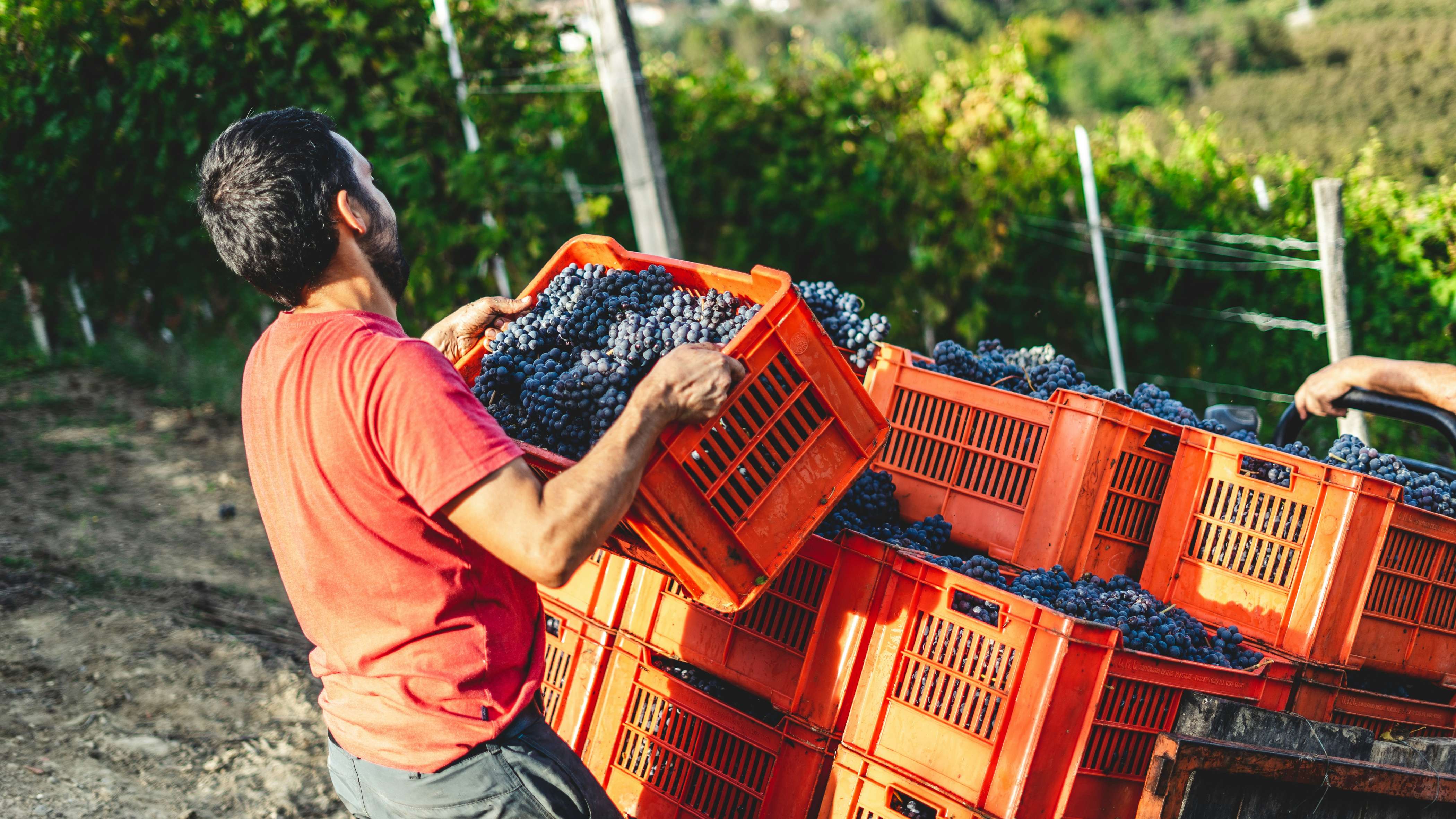
In the last few decades, it appears that there are two extremes in winemaking. The polarisation is between those who defend that wine must be made from grapes and grapes alone, and refuse the modern techniques and additives on the one hand, and those who believe wines must be consistent within a precise range of characteristics, and invoke the legitimate use of science to obtain the desired results, on the other. In some cases, the polarisation is extreme, between “naturalists” at war with a chemical, industrial beverage that is made from grapes and many other ingredients, and those who are adamant in ridiculing “natural” wines as a hoax, a publicity stunt, intended to attract naive consumers who want to be “green”. Our impression is that there are good wines on both sides, and some pretty bad ones, as well. Regulations, as we can see below, allow for major flexibility, which helps the large industrial interests more than the small “natural” producers. It is questionable whether the consumer’s interests and views were considered in these Regulations.
One evening we opened a bottle of Chianti and began debating just how ridiculous it was to find the definition “vegan wine” on the label. Are not all wines vegan, we wondered; after all they all come from grapes. Then of course, we remembered the old tale of how ox blood and/or egg white were put into wine barrels, to ensure that the larger particles would deposit on the bottom of the barrel. So what? If they form a deposit, they, ox blood and egg yoke will not enter the bottle, we argued. How wrong of us to think like that!
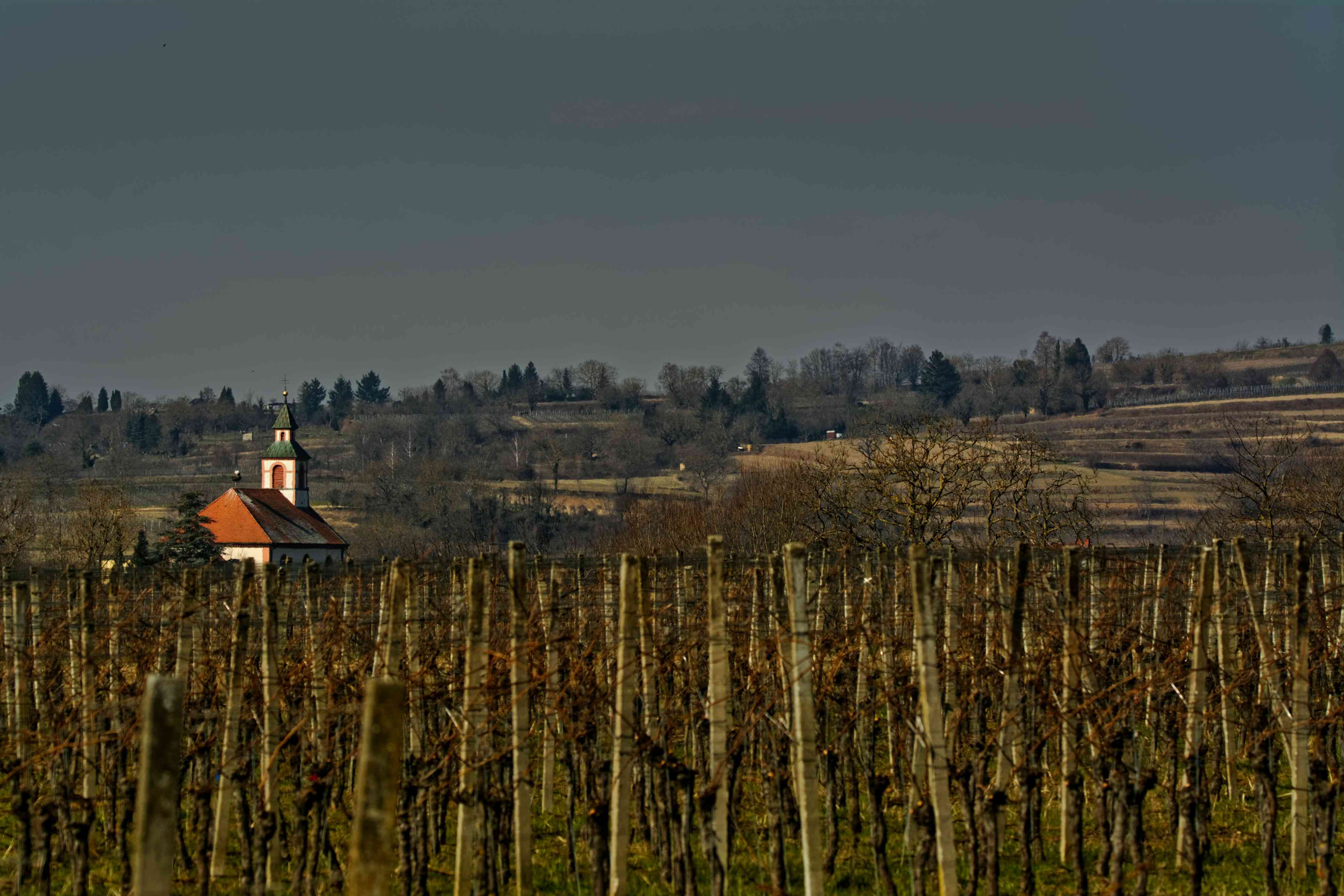
So, we started to look into winemaking processes and regulations and a new world opened up to us. First, we wondered why some wines give you a headache, acidity, or are difficult to digest. The answer we found was that often this is due to an excessive use of sulphites. Why are sulphites needed? Bisulphates (SO2), are a natural antioxidant, protect the grapes from deteriorating before the fermentation and allow controlling the natural yeasts in the grapes, which start fermentation. Again, it seems simple and makes sense. Then my uncle Max, a trained chemist, started to list all kinds of ingredients he used to sell to winemakers. He described in detail what is used where and when, which is fascinating while a bit surprising and rather disconcerting for anyone naive enough to believe that wine is made from grapes alone!
We consulted the best possible sources – in particular the French national institute for vines and wine (vignevin.com) and realised that there is a wealth of 81 items, with plenty of “sub-items” that can be legally used in winemaking. This excludes any process in agriculture for growing grapes – it concerns only the processes that are used AFTER harvesting grapes! “Items” in this case stand for synthetically obtained chemical products, which often are derived from animals. So much for the naturally “vegan” character of wine!
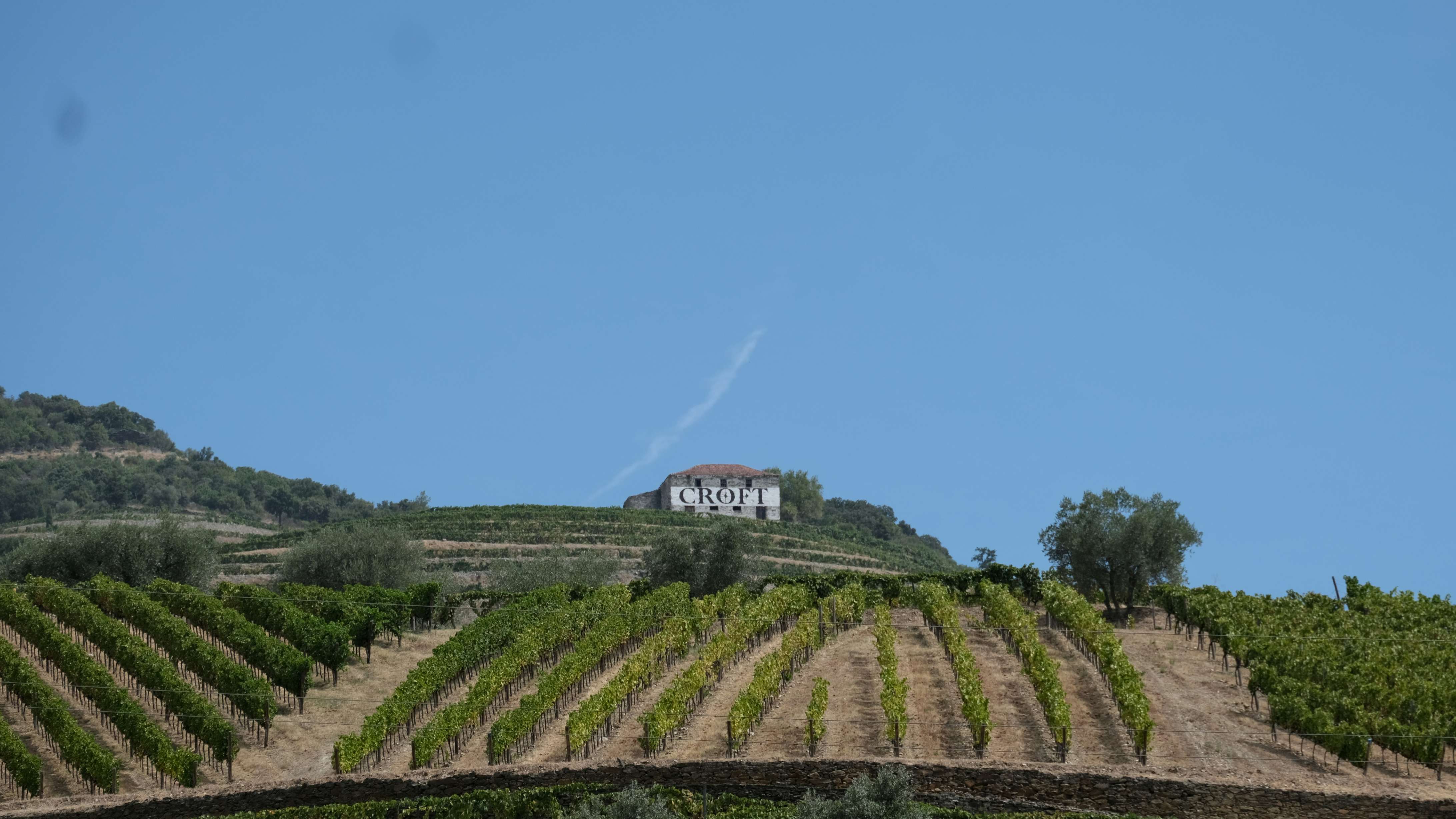
After further investigation, it is safe to say that chemicals are used in winemaking at different stages: to prepare fermentation (e.g. to avoid oxidation of the grapes, so that they maintain their aromas); during fermentation (e.g. to extract polyphenols, to correct alcoholic fermentation); to correct the crop (e.g. to enrich the grapes, add or reduce acidity); to stabilise wine (to prevent it from changing in an undesired fashion); for specifically targeted purposes (e.g. to eliminate undesired molecules or to enhance weak flavours). It is possible to use “concentrated wine must” (and very often it is not even necessary to trace its origin). In addition, it is allowed to use wood chips and wood barrels (but those are relatively natural…).
We started wondering why all these additions of ingredients and manipulations of the different stages and processes were needed, and came to the conclusion that in some (rare) cases it is done to reach perfection, but in most cases it is done to ensure “consistency”, to please and reassure consumers, upon dictation from the large, organised retail chains. Above all, it is done out of one of the major drivers of human action: greed!
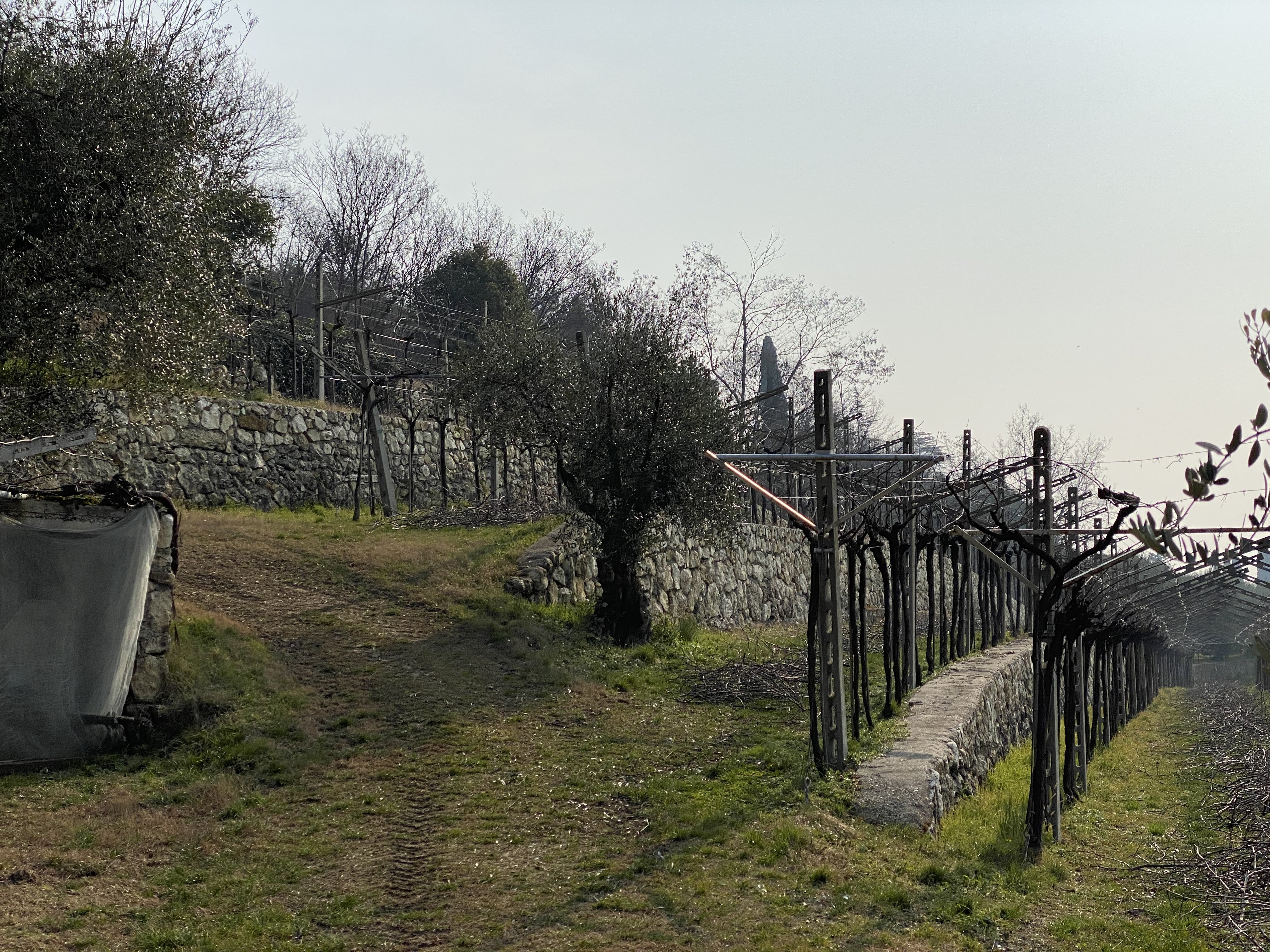
A simple explanation for this is: natural fermentation processes take time and effort – sometimes months – and when there are hundreds of tons of ripe grapes that need to be pressed and fermented within a short time, because many more tons of grapes are waiting, the aid of science and technology is very much needed and welcome. On top of that, if they are to be controlled manually, fermentation processes must be done in relatively small vats, by hand. At an additional cost! So yes, industrial winemaking is only possible by using chemical and mechanical aid extensively!
Is it still wine? When insecticides and pesticides are sprayed by helicopter over huge vineyards, the grapes harvested mechanically, chemistry is used to make wine… is there still a difference between these wines and other industrial beverages, we wondered.
We started looking at “other”, less conventional wines. The ones that are still “artisanal”, the ones that call themselves “organic”, “biodynamic”, or simply “natural”.
There is a world apart from the grand chateaux, the ones everyone has heard of and few can afford, or the main stream names… the ones we can find in the shelves of supermarkets and in bars and restaurants… in tetra packs, or even cans, the ones that claim they are “made in the vineyard”, but are created in labs and tested on sample groups for their consumer appeal.
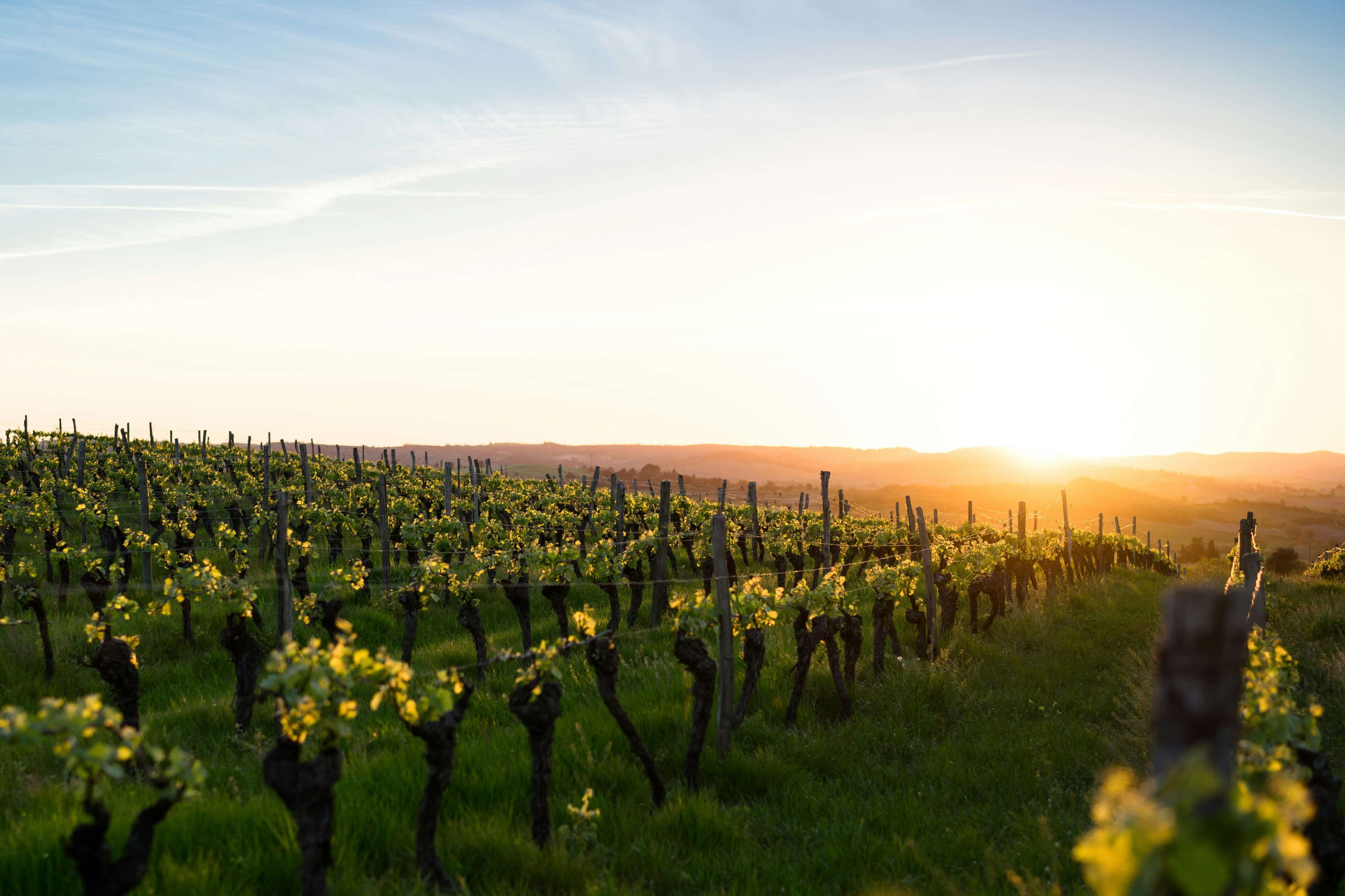
These smaller or very small vintners do not have the scale to compete with the large companies. They also do not want to reach that scale. Some inherited a family tradition, and some want to continue a flourishing business with a well-known name and limited production. There is also a growing number of winemakers who “want to change their life”, move away from the city and its stress. There are “professionals” – architects, managers, lawyers, and teachers – who bought a house with some land and discovered a vineyard. We heard the most interesting stories. There is the doctor, who found old vines in his newly acquired estate and decided to revive them. The real estate developer, who bought an entire hill covered by woods with the aim of building grand homes for wealthy customers and then discovered a clearing with a vineyard in it, where an old man taught her how to grow grapes and make wine. She fell in love with it, dropped the project and became a winemaker. There are the Northern Europeans, who fulfilled their dream of owning a wine farm south of the Alps…
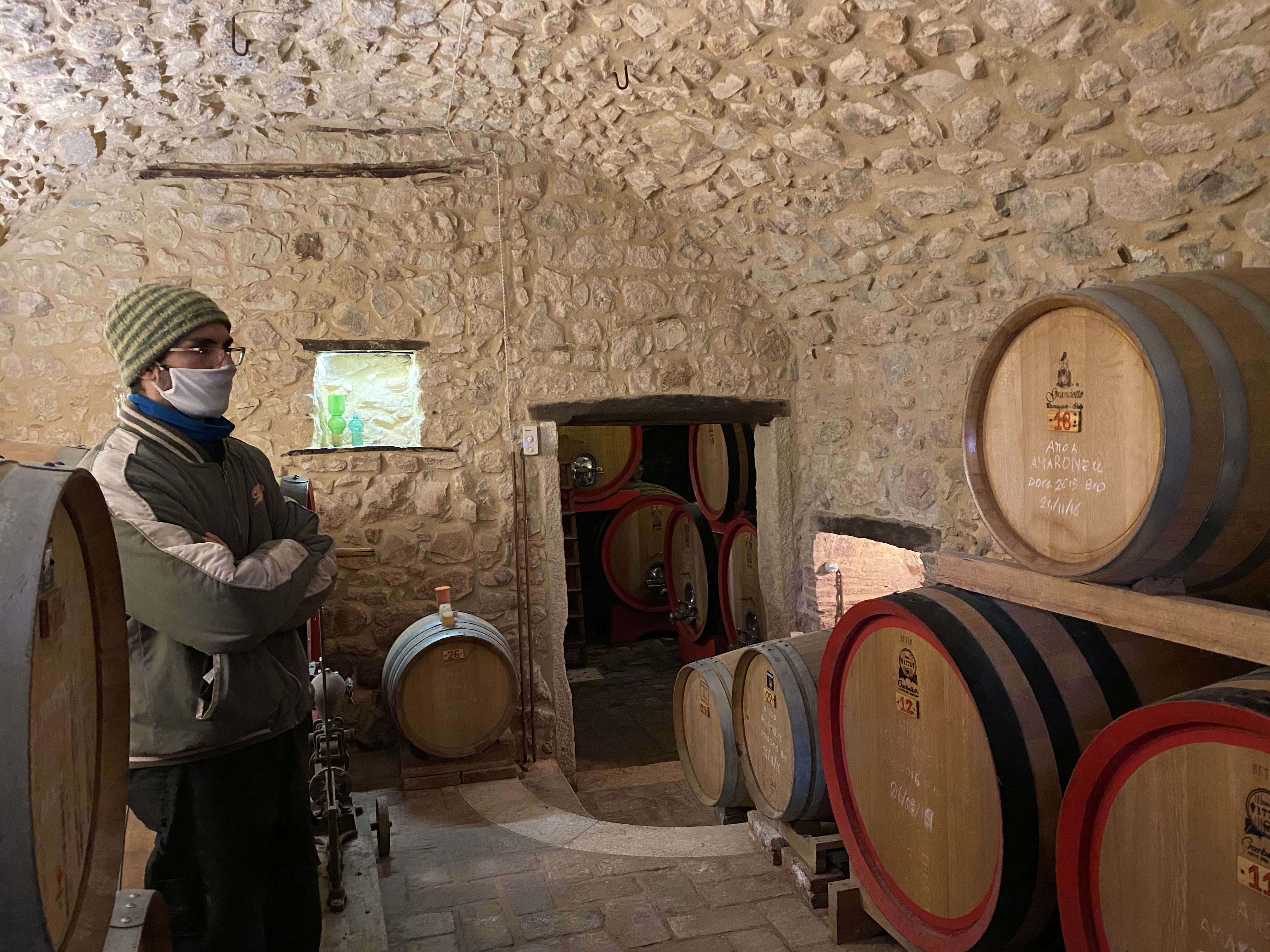
What most of these farmers share, is a great passion for vineyards and wines and pride in their work and the fruit it bears. They spend most of their time in the vineyards, taking care of each individual row, checking that their plants are thriving. The majority of them avoid using pesticides, weed killers, and insecticides. They use traditional chemistry (sulphur, which fights off the dreaded phylloxera; copper, to contain fungi like Peronosporales; insects to fight off insects; “sexual confusion” to prevent insects from multiplying, etc.).
Until recent years, it was generally assumed that good wines were the result of good work in the wine cellar. Oenologists became stars, similar to today’s TV chefs, as it seemed that some had the King Midas touch and could turn any grape, as mediocre as could be, into good, if not great wine. Artisanal winemakers have a different mindset: they believe that good wine comes only from good grapes. Viticulture is fundamental to them. They are conscious that the characteristics of wine are established mainly by the grapes that are used and the geological, physical and climatic characteristics of the area, in which vines are grown – along with winemaker’s know-how.
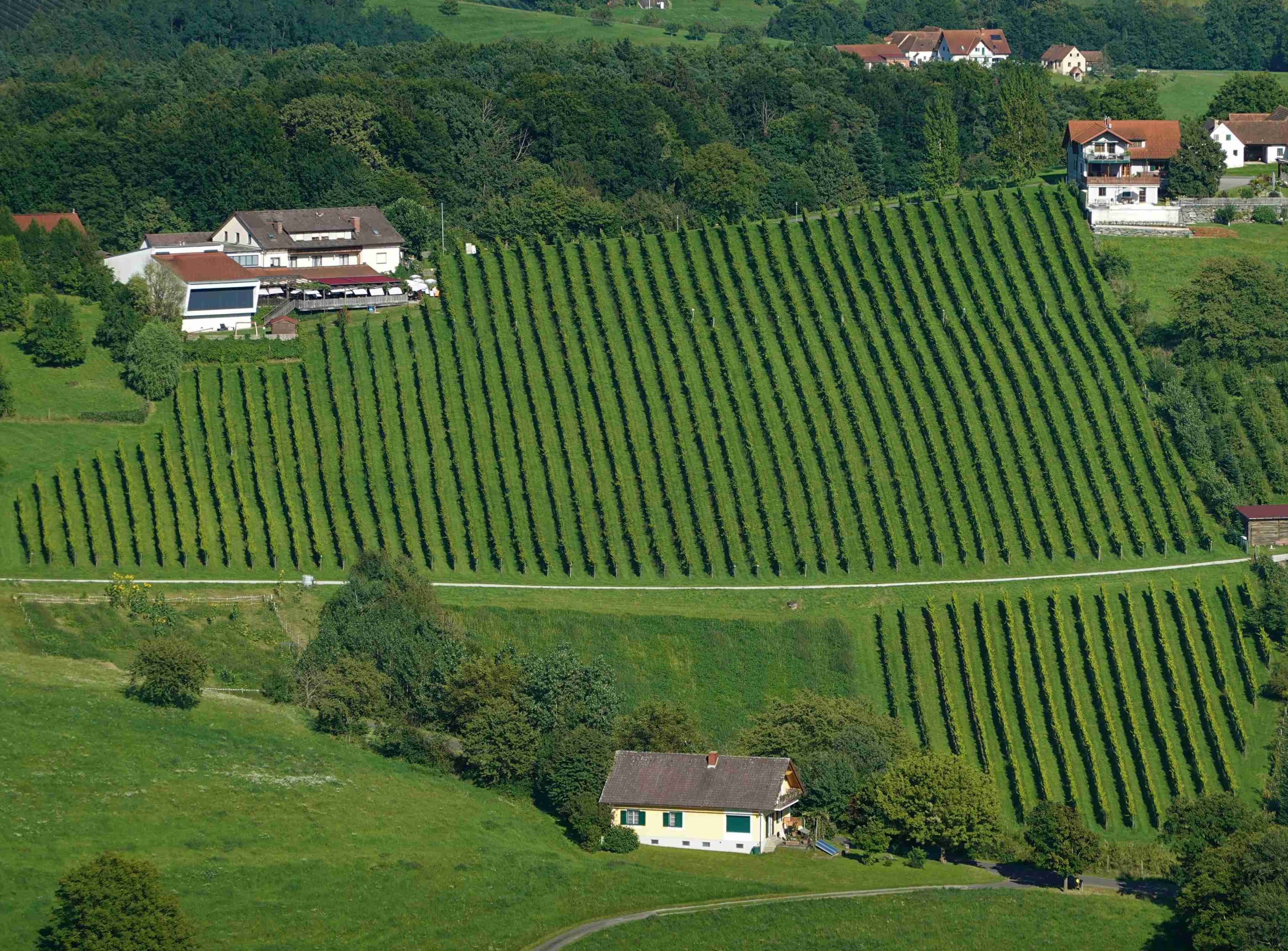
Why do French grapes and techniques often drive international standardisation? Not only the quality of wines, but history, of course, has an important role. Aquitaine, the region around Bordeaux, came under the control of the English Crown in 1152, for about 4 centuries. By marriage, not by war. The English Crown gave the winemakers of the region a number of trade benefits and privileges and thus they became the most referenced in Britain – a large market without local production. Bordeaux wines then were not highly considered for their quality. The flourishing wine trade towards Britain, Ireland and Holland, and from there Northern Europe, was due to geographical and political convenience. In fact, Bordeaux wines were far less valued than the wines from Burgundy and the Rhone Valley. After Aquitaine came under the French Crown and when one of the many wars between France and England broke out, the British and Dutch merchants were cut off from their main sources in Bordeaux. They travelled to Portugal and Spain instead and those rather deep red wines were well accepted on the market. The Bordeaux traders, well-established in the British capital, understood the challenge and began transforming their export from “claret”, light red, almost rosé wines, to the “vin noir”, the less refined “black wines”, which were locally enjoyed by the commoners. In addition, Dutch craftsmen were charged with draining the swampy estuary of the Garonne River, creating dry lands in the area known as Médoc, opening up new land in ideal conditions for viticulture. The use of gunpowder to seal oak barrels allowed for long term storage and transport without loss of product. Not only that, the toasted and sealed oak casks released their aromas and tannins into the wines, adding unique notes of caramel, toast, coffee and wood.
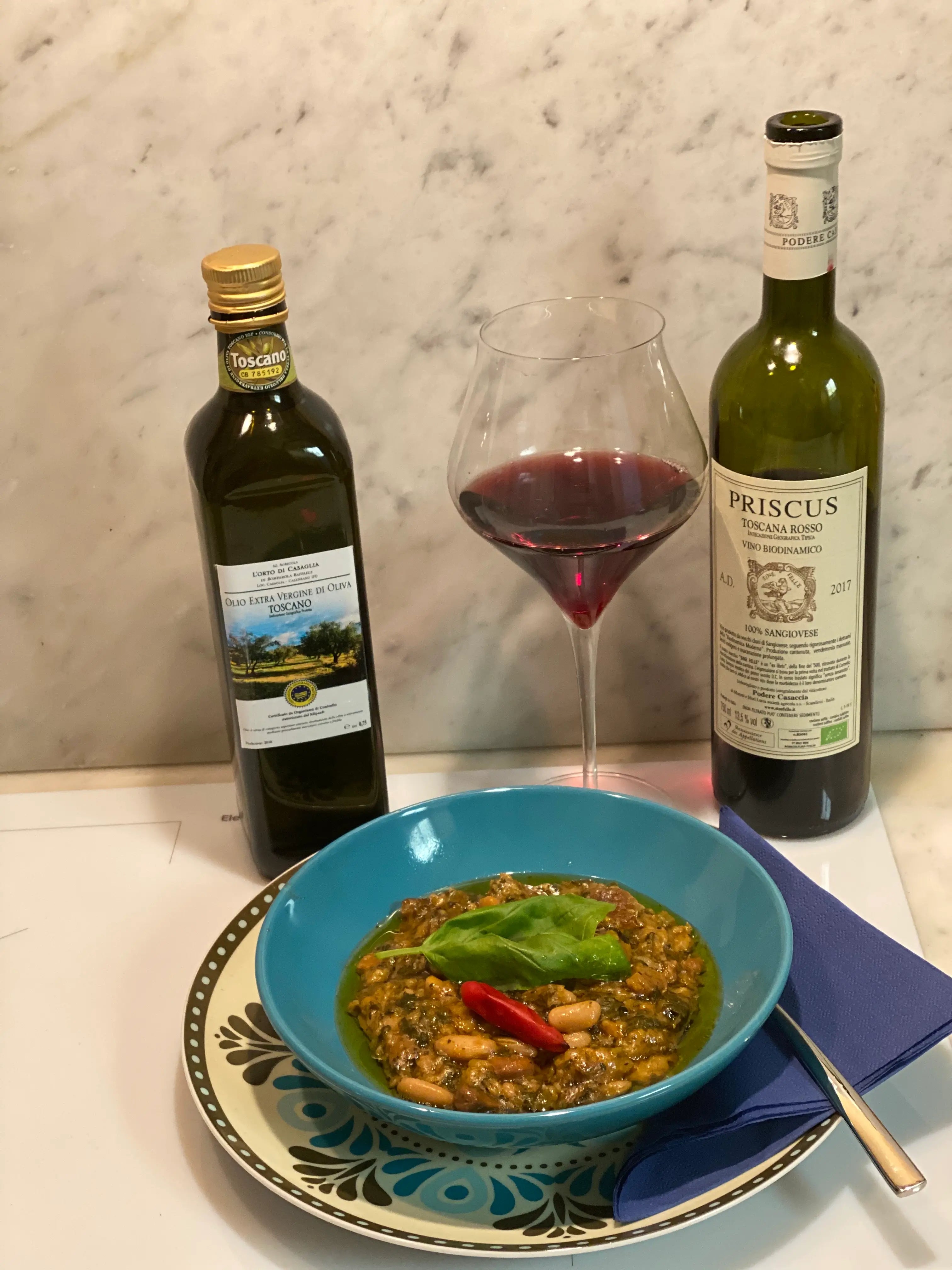
When the trade embargo was lifted, Bordeaux’s merchants gained market shares with their innovative, strong wines, which has since set the bar for any ambitious winemaker in the world. It became a big business and investment opportunity. A system of “classification” of wines was established in 1855, enhancing the fame of certain wines and their producers, and with it pricing and financial benefits. In turn, this brought about clearer rules on how wine “must be”, more research and development, better marketing and sales strategies. In other words, standards for the definition of “good wines” were set.
In 1863, an insect named phylloxera was unknowingly carried across the Atlantic from North America and almost provoked the end of viticulture in Europe. It attacked the vines, their roots and leaves and they withered. North American vines were resistant to the insect’s effects, and despite trying many different methods, only by grafting native American rootstocks onto European varieties could the vineyards of the Old World be reconstituted. It took more than two decades of grafting to take root from the first experiments to widespread plantings. So, with very few exceptions, e.g. in Argentina, Chile and Southern Italy, most vines in the world are now the result of grafting from American roots. The fact that the first successfully grafted phylloxera-resistant vines were obtained in France, resulted in French vines being adopted around the world to save viticulture. Along with them came agricultural and oenological techniques. In a way, the French saved the world of winemaking and hence set the global standards, not only for “good wines”, but for “wine” in general.
From history, Bordeaux’s vintners had learnt that their product needed to remain consistent, qualitatively reliable and identifiable to yield a premium price. Science came into play to ensure CONSISTENCY.

